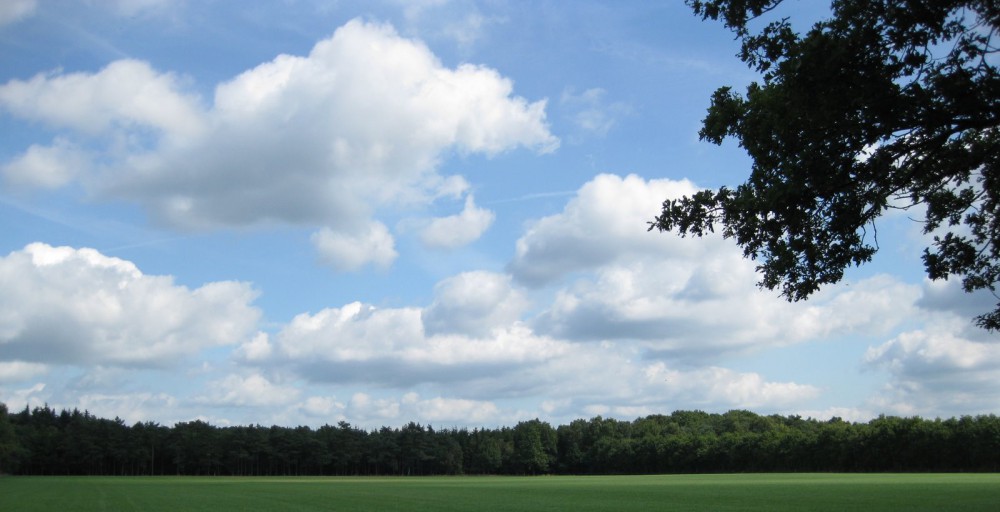Advayavada Buddhism does not tell you what to do or believe, but invites us all to make the very best of our own lives by attuning as best as possible, by means of the Noble Eightfold Path, with wondrous overall existence advancing over time now in its manifest direction; we seek to become a true part of the whole in this way and our reference standard is wondrous overall existence and not misguided and failing mankind.
In Advayavada Buddhism, the Noble Eightfold Path is fully personalized: it is firmly based on what we increasingly know about ourselves and our world, and trusting our own intentions, feelings and conscience. Adherence to the familiar five precepts (not to kill, not to steal, sexual restraint, not to lie, and refraining from alcohol and drugs), a well-considered understanding of the Buddha’s four noble truths and of the, in Advayavada Buddhism, four signs or marks or basic facts of being (in Sanskrit lakshanas), suffice to start off and proceed on the Noble Eightfold Path at any time.
The second preliminary subject of this second quarter of 2023 is again this week, week 15, anatta (Pali) or anatman (Sanskrit), which literally means no-self and is traditionally considered the second of the three (in Advayavada Buddhism, four) lakshanas, i.e. signs or marks or basic facts of being. The Buddhist anatta or anatmata doctrine teaches that no immutable and immortal soul, spirit or self exists ‘in the sense of a permanent, eternal, integral, and independent substance within an individual existent’.
In Mahayana Buddhism, the nissvabhava doctrine teaches further that, as all things without exception are produced by interdependent origination (pratityasamutpada, all-conditionality), indeed all are, therefore, in fact, empty (shunya) of self-nature (svabhava); thus the ego (pudgala), for instance, is ‘no more than a transitory and changeable empirical personality put together from the five aggregates (skandhas): form, feeling, perception, mental formations, and consciousness’.
Svabhava-shunyata (lit. self-nature emptiness) is a central notion in Madhyamaka philosophy: in Advayavada Buddhism, the selflessness [and, therefore, finitude] of all things is, as stated above, the second of the four lakshanas, the first one being the anityalakshana, i.e. the impermanence or changeability of everything (as explained last week, week 14), and the following two are the ubiquity of existential suffering, the duhkhalakshana (see next week, week 16), and evolution or, in human terms, progress (in Sanskrit pragati, therefore pragatilakshana or caturtha lakshana; see week 17).
Feel free to share this post: these systematic and straightforward teachings are, particularly in these challenging times, beneficial for anyone (also non-Buddhists), and those who are interested can follow this weekly ASP themselves on, for instance, advayavadabuddhism dot org and/or by joining our research network on Facebook. Our recently updated website advayavada dot org contains comprehensive information about the Advayavada understanding of Buddhism and has a handy search box at the bottom of each page.
The savage Russian invasion of Ukraine, which of course flagrantly contravenes all that we stand for, continues to weigh heavily on our minds and hearts (see e.g. facebook dot com/advayavadastichting and also advayavada dot org/stichting.htm).
